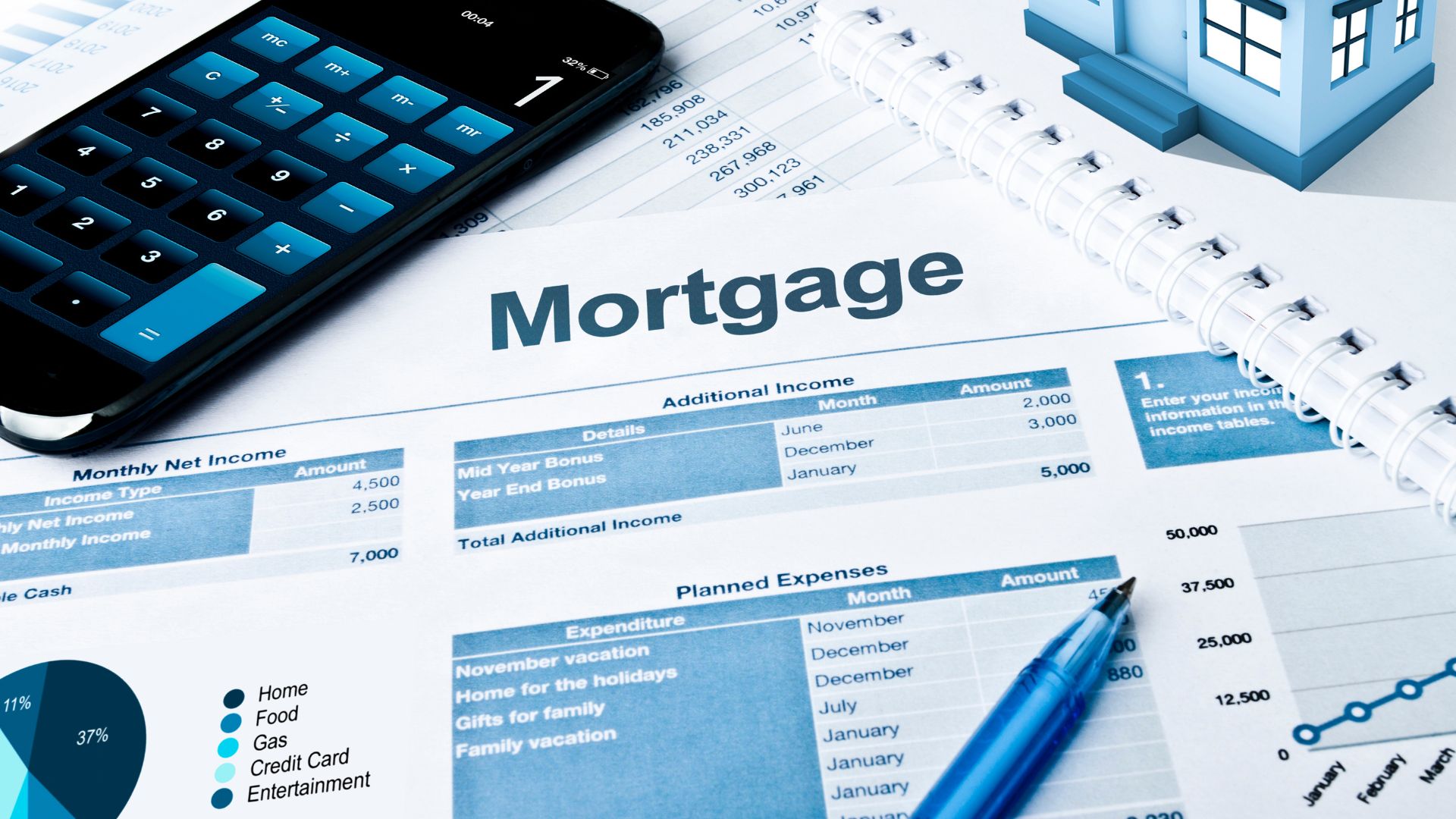Securing a mortgage is one of the most important steps when buying a home. Whether you’re a first-time homebuyer or looking to purchase your next property, understanding the mortgage process is crucial to making informed decisions. The process can seem overwhelming, but breaking it down into manageable steps can help you navigate it with confidence.
In this guide, we’ll walk you through each phase of the mortgage process, from initial pre-approval to finalizing your loan and closing on your new home.
Step 1: Assess Your Financial Situation
Before you even begin looking at homes, it’s essential to take a hard look at your finances. Lenders will evaluate your financial situation when determining your eligibility for a mortgage, so understanding where you stand is crucial.
Start by reviewing your credit score, monthly income, and current debt levels. Lenders generally prefer borrowers with good credit (680 or higher) and a manageable debt-to-income ratio. Additionally, it’s important to calculate how much you can afford to spend on a monthly mortgage payment. This will depend on your income, living expenses, and other financial obligations.
Step 2: Get Pre-Approved for a Mortgage
One of the first concrete steps in the mortgage process is getting pre-approved by a lender. This involves providing financial documents, such as pay stubs, tax returns, and proof of assets, to a lender, who will assess your ability to repay a loan. Pre-approval will give you a clear idea of how much you can borrow and what your interest rate may be.
While pre-approval doesn’t guarantee that you’ll be approved for a mortgage, it’s an essential step in the process. It shows sellers that you’re a serious buyer and can help you narrow your home search to properties within your budget. Additionally, pre-approval can speed up the closing process once you find a home you like.
Step 3: Shop Around for Mortgage Lenders
Not all lenders offer the same rates or terms, so it’s wise to shop around to find the best mortgage for your needs. Consider factors like interest rates, loan types, fees, and the reputation of the lender when comparing offers. You can choose from traditional banks, credit unions, or online lenders.
Be sure to ask about all associated costs, such as closing fees, origination fees, and any penalties for early repayment. A lower interest rate may seem attractive, but hidden fees could make the mortgage more expensive over time.
Step 4: Choose the Right Mortgage Type
There are several types of mortgages available, and it’s important to select the one that best fits your financial situation and long-term goals. The most common types of mortgages include:
- Fixed-Rate Mortgages: These loans have a fixed interest rate for the life of the loan, offering predictable monthly payments. Fixed-rate mortgages are ideal if you plan to stay in the home long-term and prefer stability.
- Adjustable-Rate Mortgages (ARMs): These loans have an interest rate that can change over time, typically starting with a lower rate. While they offer lower initial payments, they come with the risk of increasing rates in the future.
- Conventional Loans: These are not backed by the government and often require a higher credit score and down payment.
- Government-Backed Loans: Options like FHA, VA, and USDA loans are available for eligible borrowers and may require a lower down payment or offer more flexible credit requirements.
Discuss the pros and cons of each option with your lender to determine which type of mortgage is the best fit for you.
Step 5: Make an Offer on a Home
Once you’ve been pre-approved and have an idea of your budget, it’s time to start looking for homes. Work with a real estate agent to find properties that match your criteria. When you find a home you like, you can make an offer.
Your offer will often include contingencies, such as the completion of a home inspection or appraisal. Once the seller accepts your offer, the process of securing the mortgage continues, and you’ll proceed with the loan application.
Step 6: Underwriting and Approval
After you make an offer, the lender will begin the underwriting process. This is where the lender will verify all of your financial information and evaluate the risk of lending to you. The underwriter will assess your credit history, income, employment status, and the property’s value based on an appraisal.
The lender may ask for additional documentation or clarification during this stage, so be prepared to provide anything they request promptly. If everything checks out, the lender will issue a formal loan approval, and you’ll move to the next step in the process.
Step 7: Closing the Deal
Once your loan is approved, you’ll enter the closing phase. During closing, you’ll sign all necessary paperwork, including the mortgage agreement, and finalize the financial details of the loan. At this point, you’ll also pay any required closing costs, which can include fees for appraisals, title searches, and insurance.
After closing, the mortgage is officially in place, and you’ll receive the keys to your new home!
Step 8: Repaying Your Mortgage
With the mortgage process complete and the home officially yours, you’ll begin making regular payments to your lender. Keep in mind that your monthly payments will typically include the principal amount (the loan balance) as well as interest. Over time, the portion of your payment that goes toward the principal will increase, while the interest portion will decrease.
Be sure to stay on top of your mortgage payments to maintain a good credit score and avoid any penalties or fees.









